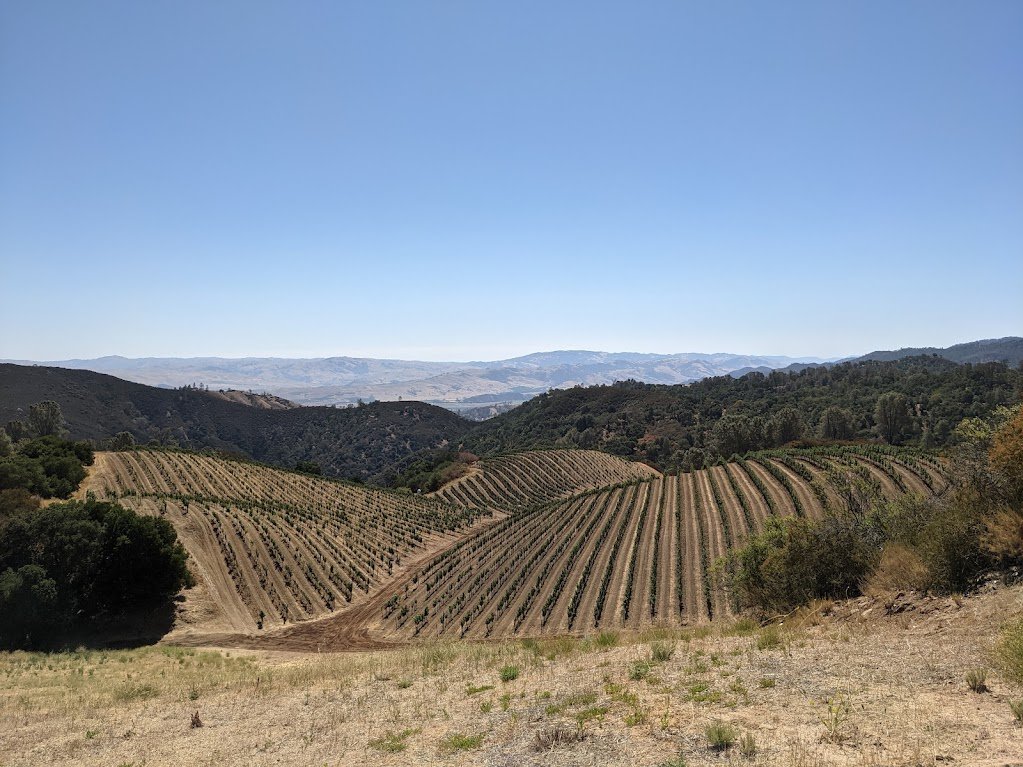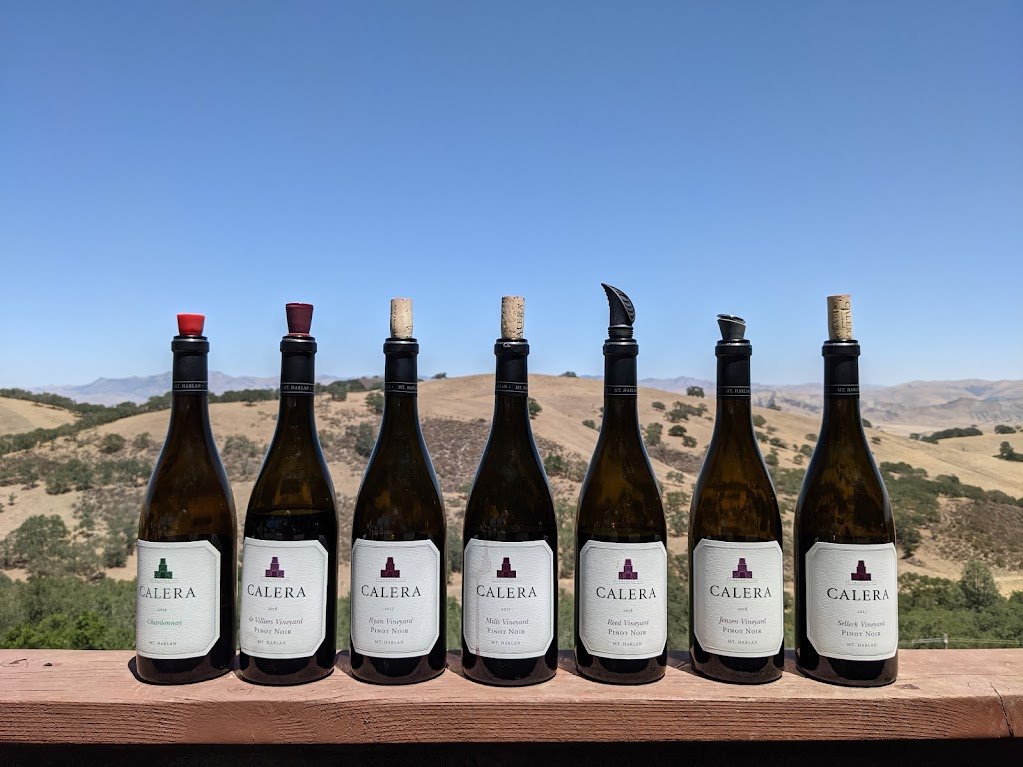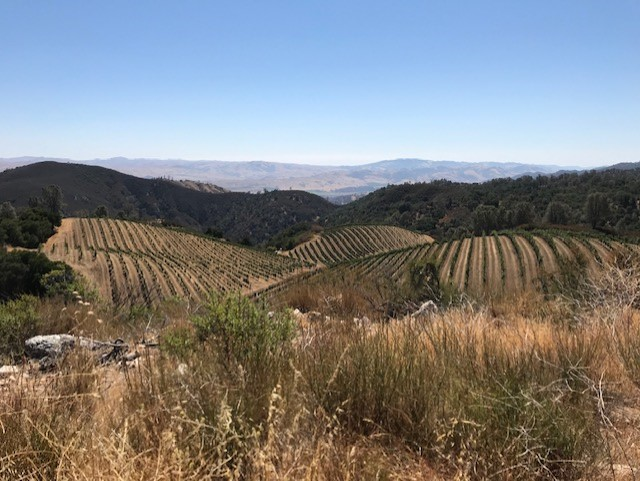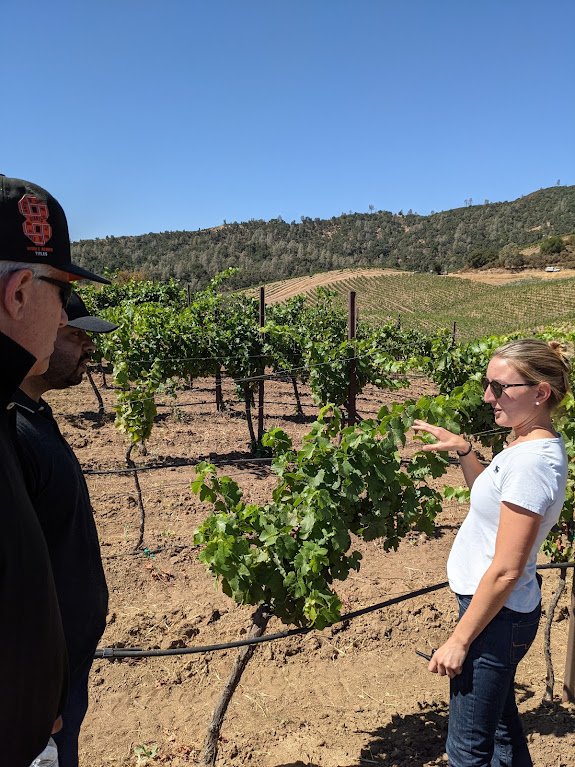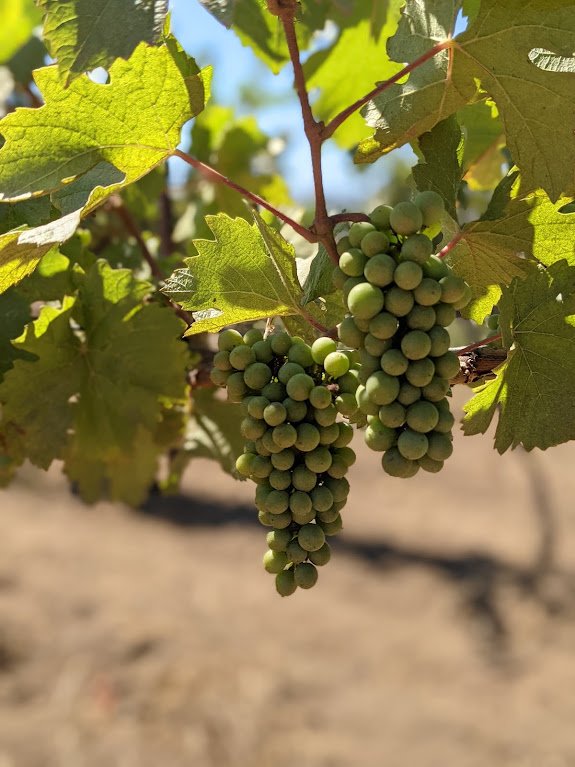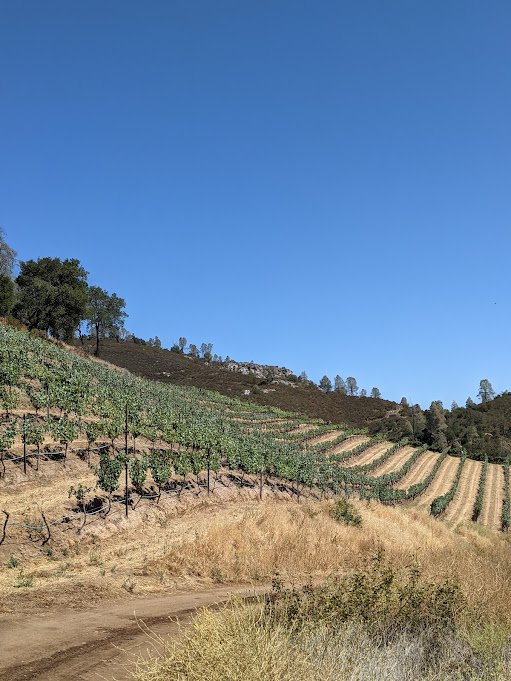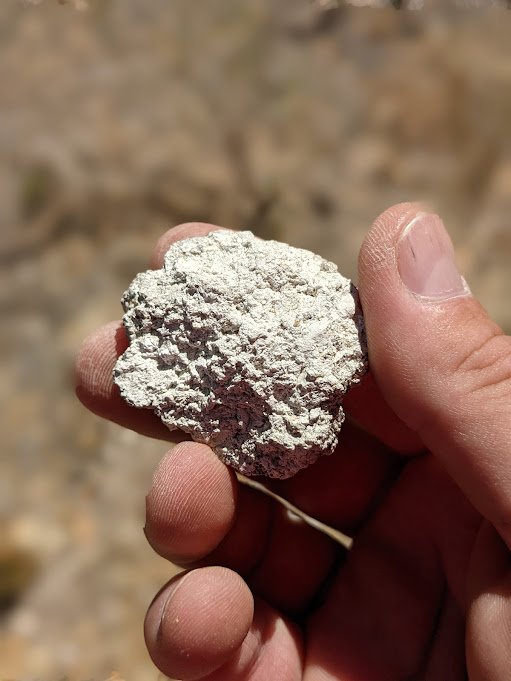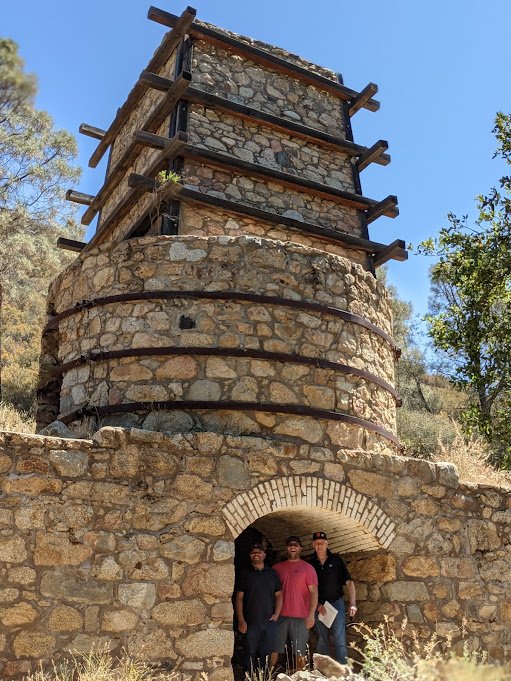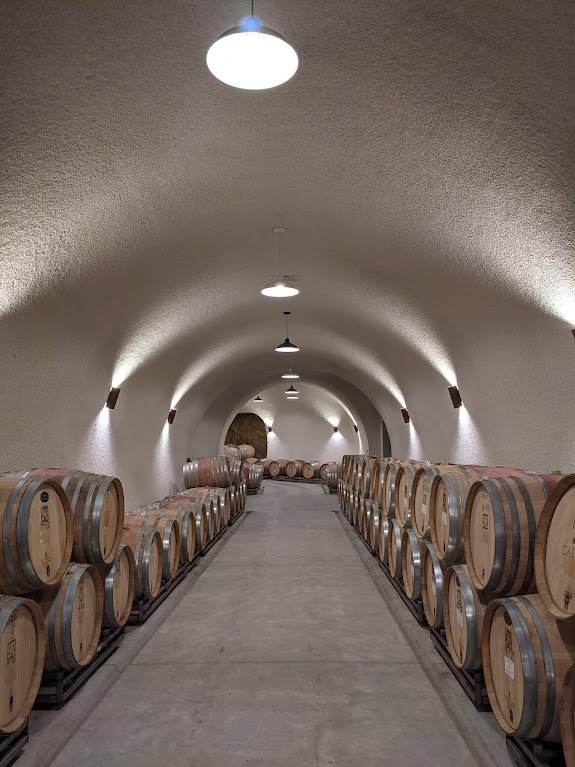Remembering a Bucket-List Trip to Calera
Last summer, Ralph Sands, K&L Bordeaux specialist, checked an item off his bucket list with an in-depth visit to famed Calera winery, located on Mt. Harlan in San Benito County. We are ecstatic at K&L to be able to offer a library of 40+ years of vintages in an acquisition of a lifetime. Now is the perfect time to line your cellar with these incomparable testaments to California vinous history.
I knew the legacy as I was fortunate to taste the single-vineyard wines of Calera numerous times in my younger days, but, to be honest, I never bought them for myself. My reasoning back then was that those wines were expensive and needed some time—and I thought their Central Coast Pinot Noir and Chardonnay were phenomenal tasting wines. They blew me away for the price, and they still do today.
I met Calera’s founder Josh Jensen in Beaune in 1998 at the home of his close friend and renowned Burgundy wine broker Becky Wasserman. He recalled how he and Becky had a great time traversing California in search of limestone soils, and the rest is history. He also told me he loves K&L and when he drives up highway 101 his car always seems to veer off the road and to K&L! Since that day, visiting Calera was on my bucket list, even though I had no idea where the Cienega Valley was located. I do now! Its isolated and rugged land makes beautiful wines.
Mt. Harlan rises 2,200 feet above sea level and is 37 miles directly east from the Pacific Ocean and Monterey Bay, which is a huge cooling factor for the vines. Strong breezes blow through a break in the coastal mountain range between Gilroy and Hollister. Big shifts in weather occur on the mountain. Vineyards are located above the fog, but with no frost protection, so there’s always a worry as frost can set in until late April. In 2008 they had seven straight days of frost at 28 degrees. Pruning occurs late after budbreak because it takes a crew of fifteen 3 to 4 weeks. Harvest happens after Labor Day thru October.
Scarcity of water is the number one issue in the region. In 2021, as of summer, they’d had 11 inches of rain, while the average is 18 to 20 inches. Drip irrigation is occasionally used, but it only amounts to about 24 hours total per growing season on some vines. They water a bit in May to maintain the canopy. The natural water pond on the mountain was very low at this point. In one vintage 1.5 million gallons of water had to be hauled up the mountain. Since the purchase by the Duckhorn Wine Co. in 2017, a new water system is in place that will help with vine stress in April. It will also help pinpoint high-stress areas.
Calera has been organic since 2008. They don’t till between rows, opting for sheep and compost instead. Harvest is at 1.5 to 3.0 tons per acre and wines are always whole-cluster fermented using native yeasts. The all-gravity winery, built up against the mountain, crushes 700 tons of fruit into 3- and 20-ton fermenters every vintage.
Special thanks to our winery rep Didi, winemaker Mike Waller, and vineyard manager Mylene Hermier for this spectacular day in the vineyards.


